When I went to visit Edward Bawden he vigorously denied that there were any modern painters in Essex. That may not have been true then — this was in the 1980s — or even now. What is indisputable, however, is that there have been plenty of artists in the county. They are the subject of two small but delightfully jam-packed exhibitions at the Fry Art Gallery, Saffron Walden.
Bawden (1903–1989) is at the heart of both of them, even if the second point he made to me — equally emphatically — was that he called himself a designer rather than an artist (‘out of self-defence, mainly’). That distinction, and the quirky humour, are both relevant to the question of Essex art, especially the variety that is the focus of attention at the Fry.
From the early 1930s to the 1960s there was an informal artist’s colony in the north of the county, centred on the village of Great Bardfield. It included, among others, Bawden, his friend Eric Ravilious who lived for a while nearby at Castle Hedingham, plus the painters John Aldridge, Michael Rothenstein, Sheila Robinson and Walter Hoyle.
This was as strongly flavoured in its way as the settlement of abstract artists on the other side of England, in St Ives beside the sea. But the emphasis was quite different. The Cornish modernists were affected by currents from abroad; Mondrian almost joined them, until he reflected that there was too much nature around in Cornwall and headed for New York instead. The Essex crowd, in contrast, were sturdily indigenous in their influences and revelled in the rural scene.
Several of them devoted as much energy and attention to design — including interior design — as they did to painting pictures. Accordingly, one of the mini-exhibitions at the Fry is devoted to the houses of the Great Bardfield artists. These were decorated in an idiosyncratic manner, blending pieces of British folk art such as Staffordshire figures with items of their own design. Among the latter, the wallpapers by Bawden and Ravilious’s ceramics were outstanding.
The overall effect is exuberant, cluttered and eclectically cosy. On show there is a dresser crammed with bits and pieces of old pottery, interspersed with Ravilious’s plates, teapots, bowls and mugs, produced by Wedgwood. Plenty of wallpaper is on display, by Bawden and also John Aldridge, all with an energy that must have made these rustic Georgian dwellings seem to fizz and crackle.
‘A good pattern is as good as a painting,’ Bawden told me. ‘I’d sooner have a good bit of William Morris than I would a lot of modern rubbish.’ With him, you felt, this wasn’t entirely a joke: the design really was at the heart of what he did. And he was right: a square section from his wallpapers — Wood Pigeon (c. 1925), for example — framed, makes a compelling picture. Moreover, the best of his other work — the marvellous linocuts in particular — has a strong element of linear patterning.
The houses, and gardens, quite often became subjects of art. One of the star items in the Fry Gallery’s collection is Ravilious’s watercolour of ‘The Attic Bedroom, Brick House’ (c. 1932–34). This depicts the guest accommodation chez Bawden, where a most uncomfortable-looking camp bed shared the space with a mass of pot plants and bric-a-brac: all melded into a neatly dynamic composition.
Another display at the Fry groups numerous artists from the Bardfield area, starting from the point when Bawden discovered the place in 1932, while cycling around the countryside. Then, living there must have seemed like stepping into the 19th century. It was also cheap: ten shillings a week for a double-fronted Georgian house (later his father bought it for him as a wedding present).
On show there are some more transient visitors to the areas, such as Kenneth Rowntree and Keith Vaughan. It ends with a plate by Grayson Perry, who lived in Bardfield as a teenager. On reflection — and unexpectedly — there are affinities between Perry and Bawden in a shared liking for making useful and decorative things and a pungent sense of humour.
Art in Essex turns out to be an unexpectedly rich theme. Indeed, there is more — John Wonnacott’s Thames estuary landscapes, for example, or Cedric Morris’s art school at Dedham, attended by the teenaged Lucian Freud — to be explored. Currently the Fry Art Gallery is raising money to buy the freehold of the building it occupies, which strikes me as an excellent cause.
Got something to add? Join the discussion and comment below.
Get 10 issues for just $10
Subscribe to The Spectator Australia today for the next 10 magazine issues, plus full online access, for just $10.
You might disagree with half of it, but you’ll enjoy reading all of it. Try your first month for free, then just $2 a week for the remainder of your first year.

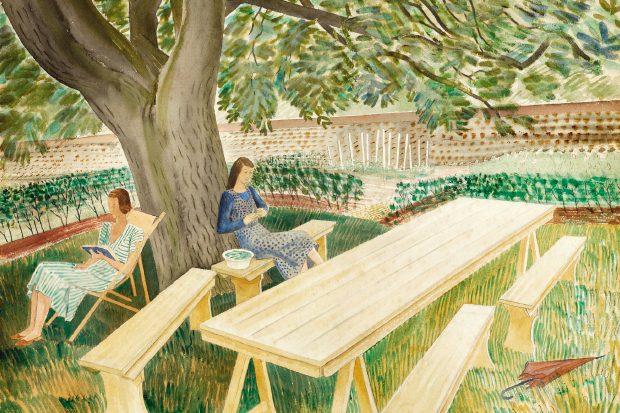
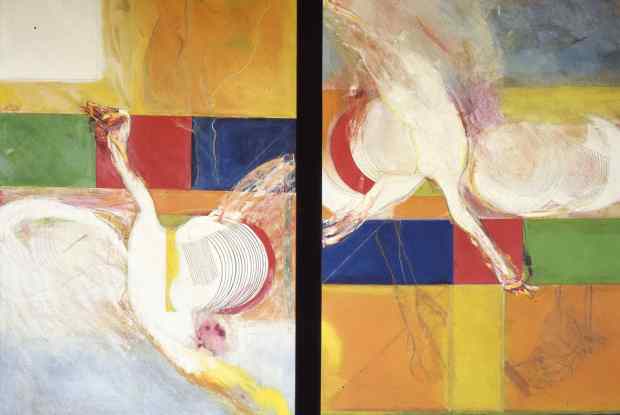
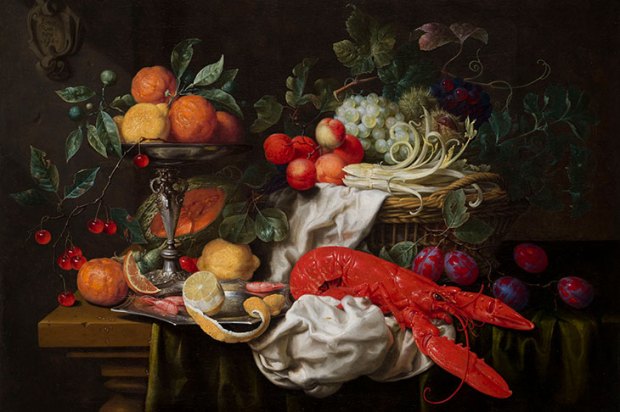
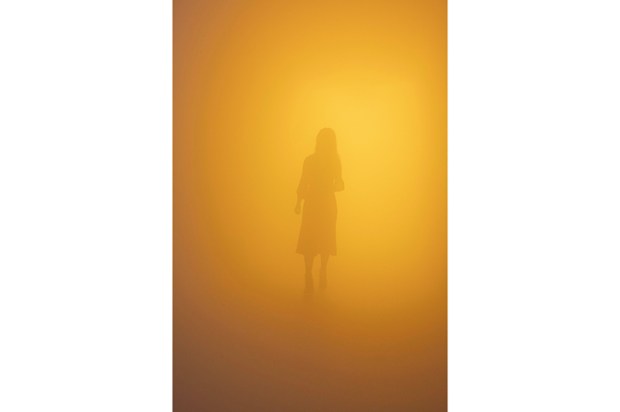
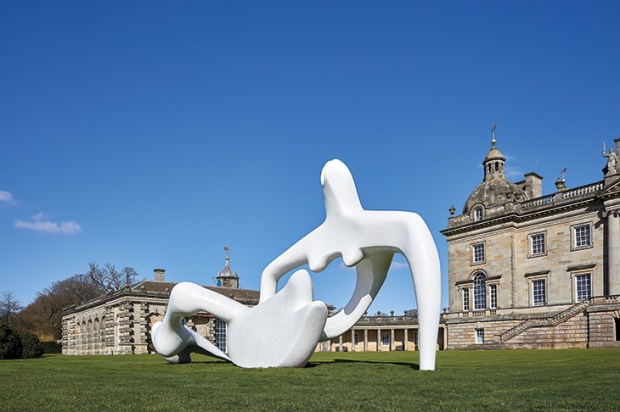
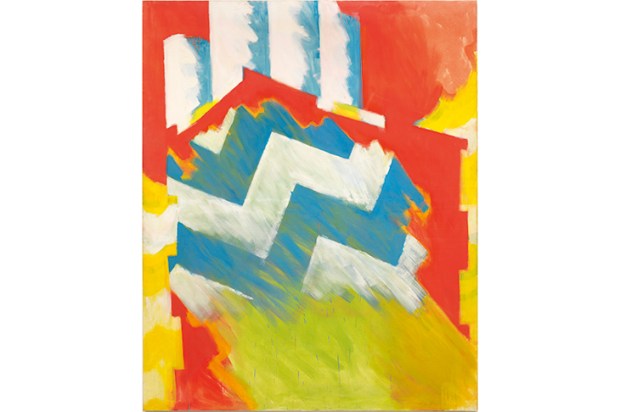
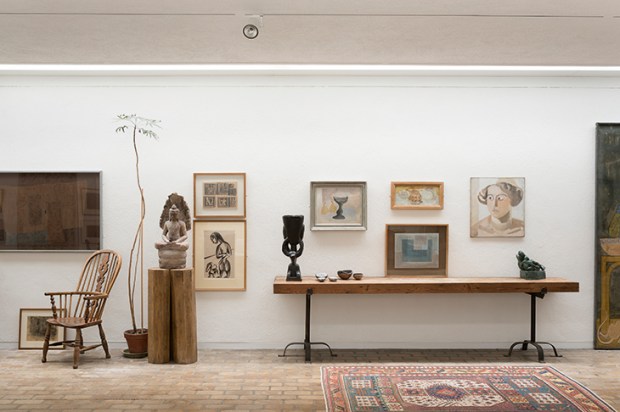






Comments
Don't miss out
Join the conversation with other Spectator Australia readers. Subscribe to leave a comment.
SUBSCRIBEAlready a subscriber? Log in